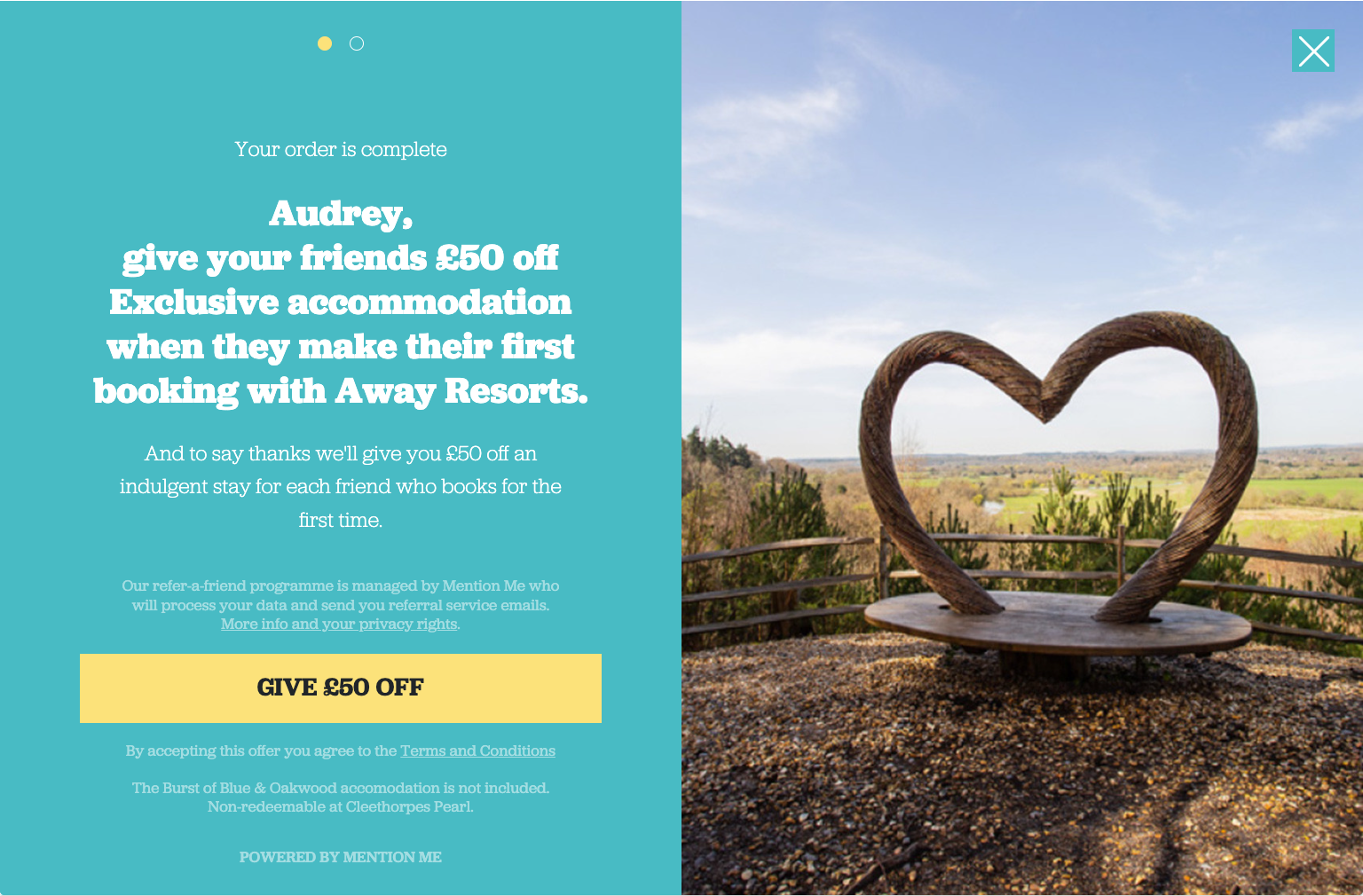Unleashing Wellness Warriors: The hidden advocates of the supplement industry

Read time: 3 mins
For travel and hospitality brands, now is a golden opportunity to increase revenue and grow their customer base. But beating out the competition requires looking beyond funnelling budget into paid channels to acquire customers at any cost.
To drive sustainable growth, now and in the future, brands should instead focus on nurturing and activating their existing customers.
The state of the market
Despite global challenges, the travel and hospitality industry has grown significantly since the end of 2022.
In Q4 2022, it was one of the most recommended sectors, spurred on by consumers telling their friends and family about memorable days out and holidays. Compared to the rest of 2022, consumers shared travel and hospitality brands 20% more. Compared to Q4 2021, they shared them a remarkable 84% more.
These word of mouth conversations had a significant impact on business, driving 96% more orders year-on-year.
Now, the challenge facing travel providers is sustaining this growth. Rather than investing endless budget and attention into acquiring one-off customers, forward-thinking marketers are instead nurturing their best customers so they return with their friends in tow.
But turning loyal customers into meaningful growth starts with knowing who these customers are – and they might not be who you think.
Identifying your best customers
When you hear the word ‘loyalty’, your mind likely jumps straight to traditional loyalty programmes, where customer spending is rewarded with points and discounts.
Yet these points simply reflect shopping behaviour, ignoring loyalty beyond the checkout. The big spenders you’re so avidly rewarding may easily have their heads turned by another, better reward from a competitor. Meanwhile, you're likely neglecting a segment of customers delivering significant value another way: by advocating for your brand.
True loyalty shows up in more ways than just regular spending. Your most loyal (and valuable) customers are those leaving 5-star reviews, posting about you on social media, and shouting about your brand to their friends and family.
 Away Resorts encourages their brand fans to introduce friends
Away Resorts encourages their brand fans to introduce friends
When loyalty turns into extended customer revenue
Splashing out on a holiday or day trip is a considered purchase, especially in the current cost-of-living crisis. Consumers are reluctant to spend their money with travel and hospitality brands they don’t trust.
That’s why personal recommendations are so powerful.
When a customer becomes an advocate for your brand, they’ll spread the word. So the next time their best friend, co-worker, or family member ask for a travel recommendation, they’ll end up heading straight to your website.
If these customers have the same positive experience as the person who referred them, they'll rave about your brand to their family and friends, setting a powerful referral chain reaction in motion.
That’s where you’ll see the transformative impact of a brand advocate’s Extended Customer Revenue: the revenue from their own spending plus that of everyone they refer.
So, instead of focusing on acquiring customers at any cost, look at how you can motivate your existing customers to introduce friends who return time and time again, have a higher lifetime value, and refer onwards.
These brand advocates will drive truly sustainable growth for your business — through their own loyalty and that of all the friends they introduce.

Sophia King
Read more >
Never miss another update
Subscribe to our blog and get monthly emails packed full of the latest marketing trends and tips








